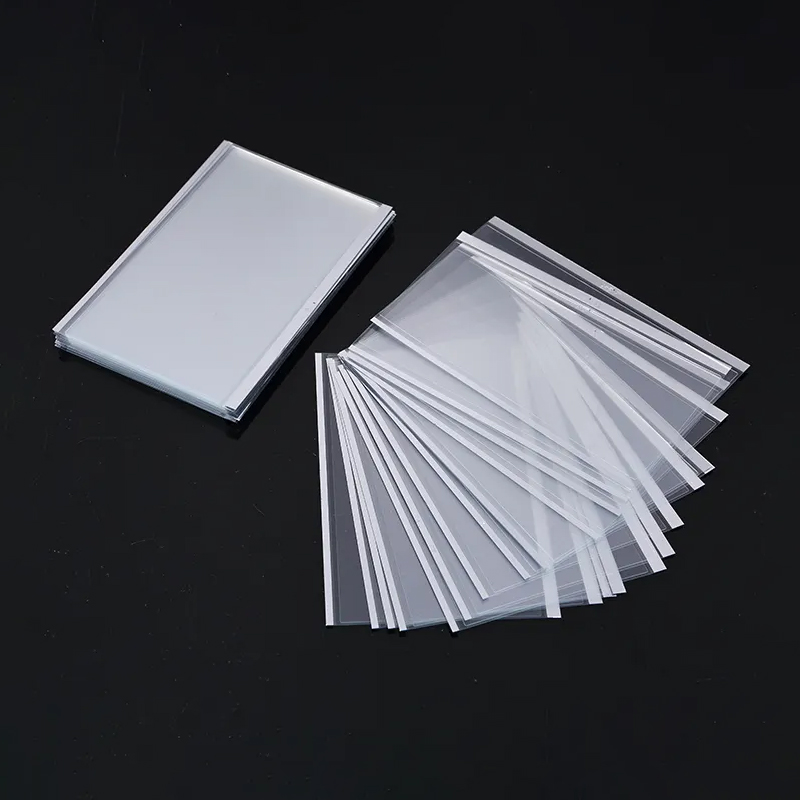The working principle of the piezoelectric microphone's electroacoustic transducer is illustrated in the diagram. When the crystal deforms, it generates a voltage proportional to the deformation ratio. To achieve sensitivity and frequency independence under constant external force, the crystal must be displaced regardless of the sound frequency. To enhance the microphone’s sensitivity, the crystal with the strongest piezoelectric effect should be used.
Materials such as Rochelle Salt and Dihydrogen Phosphate (ADP) are commonly used in audio microphones. They are also suitable for underwater and ultrasonic applications, although they have relatively low sensitivity and are less prone to damage due to their softness. In the early 1970s, piezoelectric polymers were introduced for both standard acoustic microphones and specialized underwater models.
Piezoelectric microphones made from polymer films come in various designs. One common structure involves a ring-shaped supporting diaphragm. The microphone has a diameter of 30 mm, while the support plate has a curvature radius of 35 mm. To allow bidirectional vibration of the diaphragm, small peaks of 0.5 mm are added to the support plate. These peaks help reduce the restoring force on the diaphragm by allowing air to pass through holes in the plate, thereby increasing the microphone’s sensitivity.
A preamplifier is installed inside the cavity of the membrane. This preamplifier typically uses a field-effect transistor (FET), which offers a high input impedance of up to 200 MΩ, ensuring minimal signal loss and excellent performance.
The diaphragm of the piezoelectric film microphone is curved between the support points. When deformed, the maximum stress occurs along the outer edge, leading to the largest strain in that direction. As a result, the surface of the deformed diaphragm takes on a tent-like shape rather than a tapered one. Radial curvatures in the system also occur, as shown in Figure 9-9. These curvatures contribute to a more linear response, as flat diaphragms tend to produce more harmonic distortions.
Oca Sheet

OCA (Optically Clear Adhesive) glue sheet is a type of adhesive film that is used in the assembly of electronic devices, particularly in the display industry. It is a transparent and optically clear adhesive that is used to bond different layers of a display module together. OCA glue sheets are commonly used in the manufacturing of smartphones, tablets, and other electronic devices with touch screens or LCD displays.
The main purpose of OCA glue sheets is to provide a strong and reliable bond between the layers of a display module, while also ensuring optical clarity and minimal distortion. It helps to eliminate air gaps and improve the overall visual quality of the display by reducing reflections and enhancing color vibrancy.
OCA glue sheets are typically made of a high-quality acrylic material that is optically transparent. They are available in various thicknesses and sizes to suit different display applications. The sheets are usually pre-cut to the required dimensions and then applied to the display layers using a lamination process.
Overall, OCA glue sheets play a crucial role in the manufacturing of electronic devices with displays, providing a reliable and visually pleasing bonding solution.
Oca Sheet,Oca Sheet Paper,Oca Glue Sheet,Oca Glue Paper Sheet
Dongguan Jili Electronic Technology Co., Ltd. , https://www.jlglassoca.com
